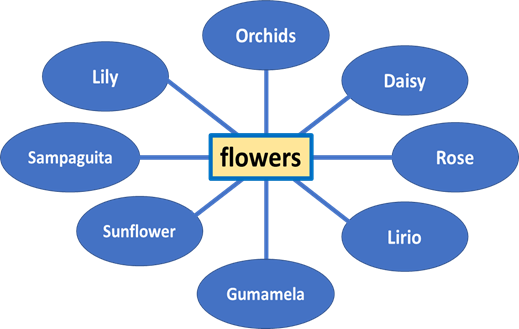The Importance of Physical Activity and Movement in
the Classroom
(lenzchiofficial.blogspot.com)
Physical activity and movement play a crucial role
in the educational development of students. Research has shown that
incorporating physical activity and movement into the classroom can have
numerous benefits, including improved academic performance, increased attention,
and focus, and enhanced overall well-being. In this essay, we will explore the
importance of physical activity and movement in the classroom and why it should
be a key component of every student's education.
First and foremost, physical activity and movement
can improve students' academic performance. Exercise has been shown to increase
blood flow to the brain, which in turn can improve cognitive function and
memory. Studies have also shown that physical activity can increase motivation,
focus, and attention, leading to better academic performance and better grades.
Additionally, movement can help students release excess energy and reduce
stress, leading to a more relaxed and focused state of mind.
Another key benefit of physical activity and
movement in the classroom is its ability to enhance overall well-being.
Exercise has been shown to reduce stress, anxiety, and depression, as well as
improve sleep quality. This can have a positive impact on students' mental
health and overall sense of well-being. Physical activity can also increase
self-esteem and confidence, which can translate into a more positive and
engaged classroom experience for students.
Moreover, incorporating physical activity and
movement into the classroom can also help foster a sense of community and
teamwork among students. Group exercises and physical games can help students
develop social skills, learn to work together, and build relationships with
their classmates. This can create a positive and supportive learning
environment, which can benefit students both academically and personally.
Incorporating physical activity and movement into
the classroom can also be a fun and engaging way to mix up the learning
experience. Many students find traditional lectures and sitting at a desk for
long periods to be boring and unengaging. By incorporating physical activity
and movement, teachers can create a dynamic and engaging learning environment
that keeps students interested and motivated.
However, it is important to note that physical
activity and movement in the classroom should be done in a safe and controlled
manner. Teachers should always be aware of the physical abilities of their
students and should ensure that all activities are age-appropriate and safe.
Additionally, teachers should be mindful of the resources and space available
in their classrooms and should plan activities accordingly.
In conclusion, physical activity and movement are essential
components of every student's education. By incorporating these activities into
the classroom, teachers can improve academic performance, enhance overall
well-being, foster a sense of community, and create a dynamic and engaging
learning environment. Teachers need to recognize the importance of physical
activity and movement and make it a key part of their teaching practice.


















